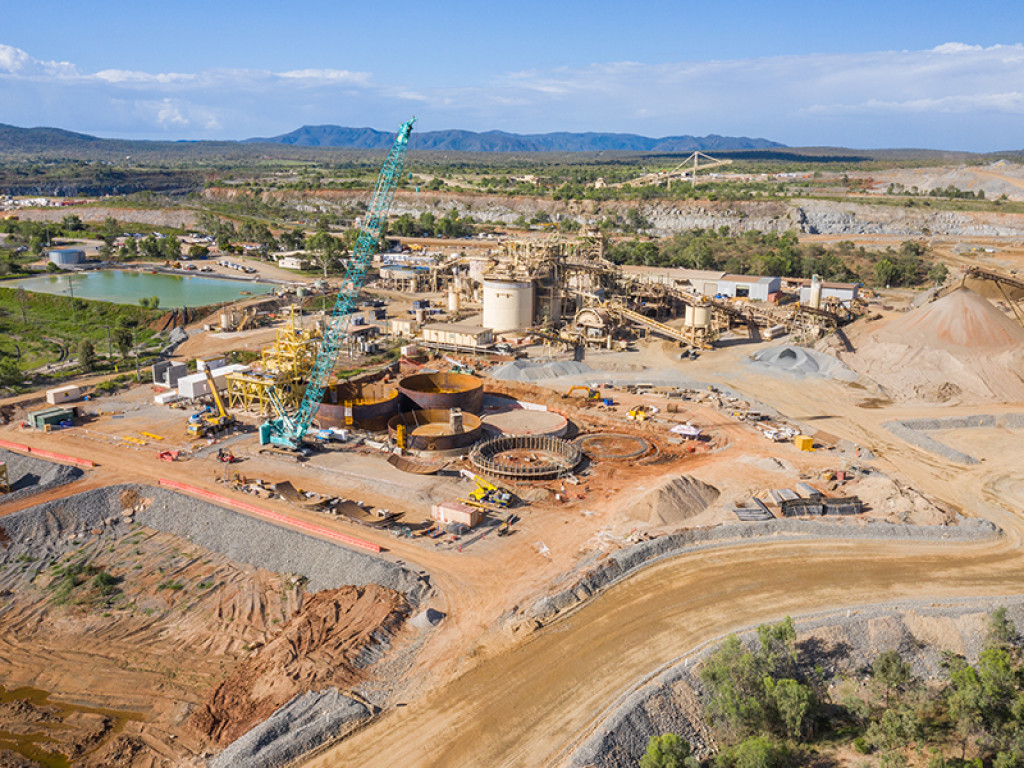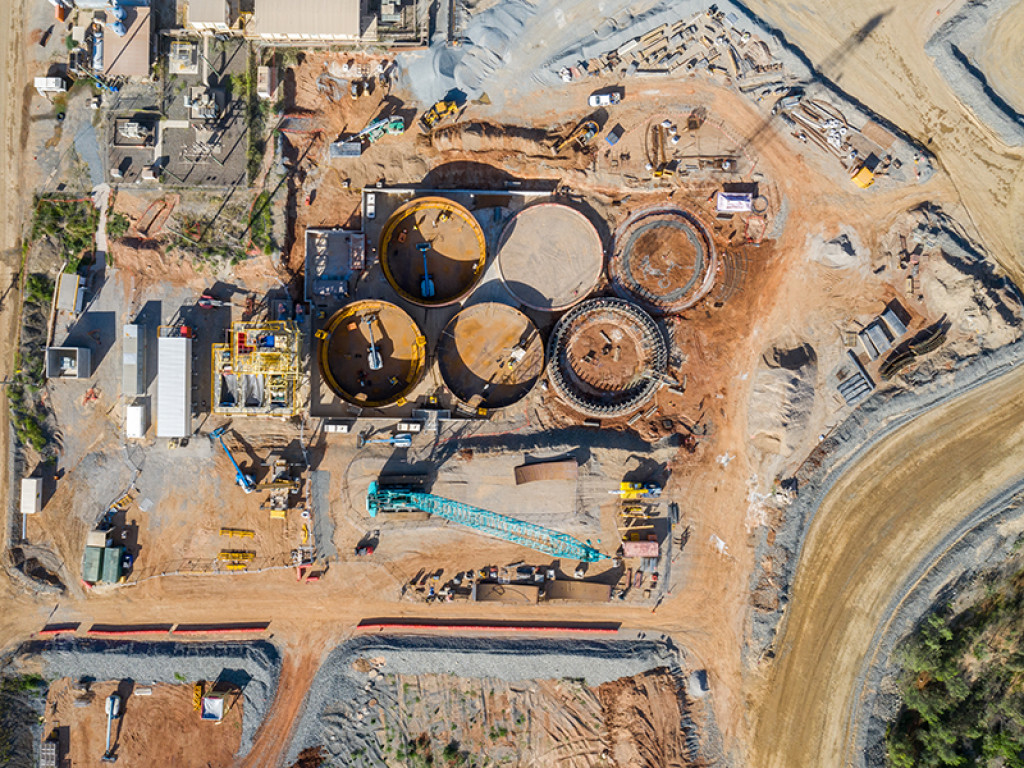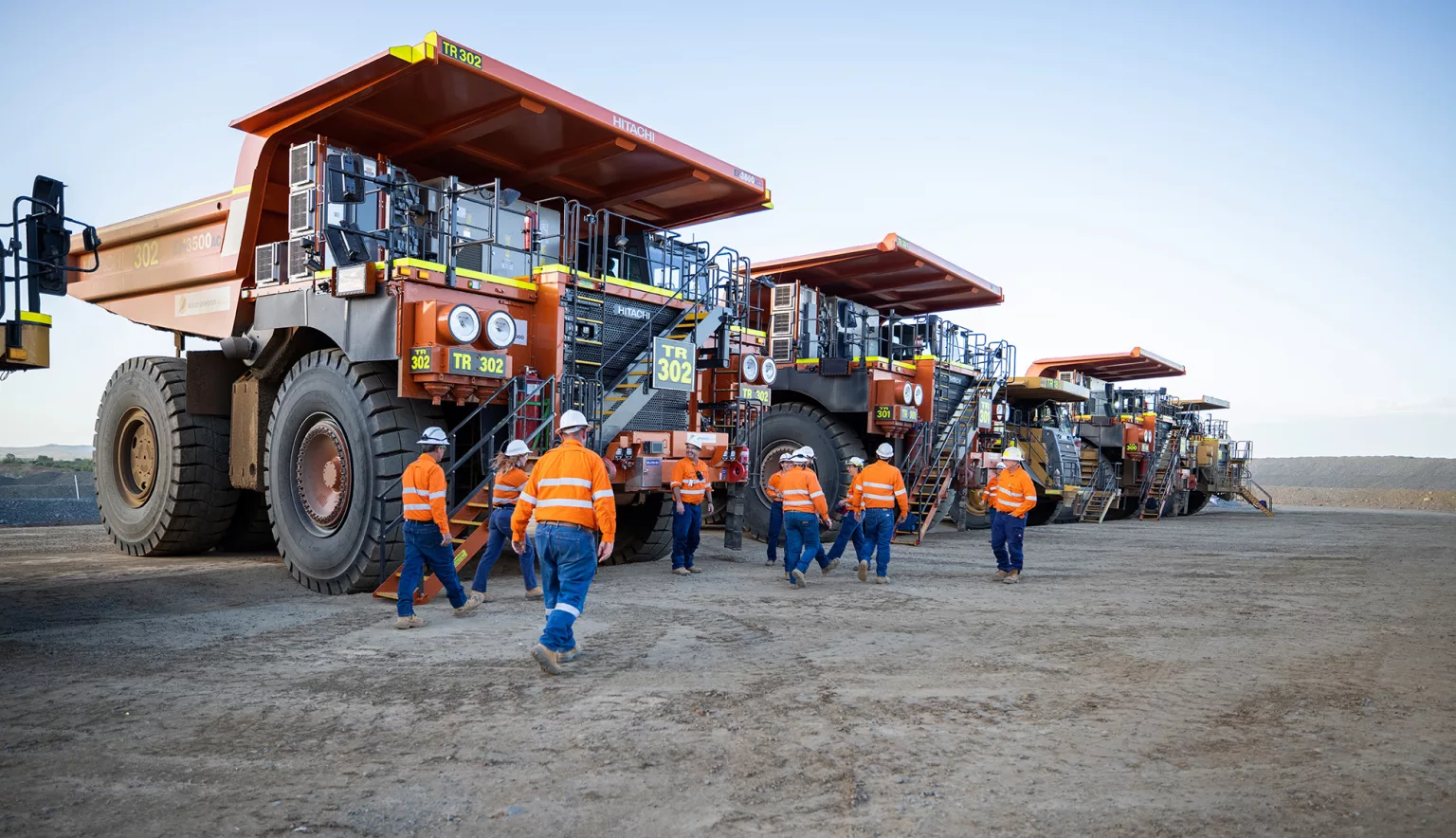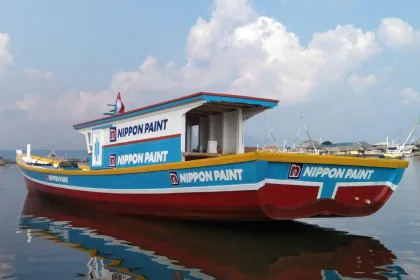Brett Fletcher, CEO at Ravenswood Gold, discusses the transformation of the mining industry and his company’s vision to be renowned as the largest gold mine in Queensland, Australia.
PUTTING RAVENSWOOD FIRST
Mining runs deep in the town of Ravenswood.
Since 1868, four million ounces of gold have been mined at Ravenswood with another four million still in resource. 2.7 million ounces are targeted to be mined over the next 14 years.
Indeed, mining in Ravenswood Gold has a special relationship with the town of the same name, working side-by-side for over 150 years.
“As time and the mine has evolved, we are at the stage where the northern extension of our activities are a few hundred metres from the town,” explains Brett Fletcher, CEO at Ravenswood. “We are as close to the township of Ravenswood as a modern mine would want to be. The mine started in 1868 with a whole raft of mining prospects in remote outback Queensland, and it became a bustling gold rush town in the 1880s and 1890s. They built the town basically on top of the mine because everyone just walked to work in those days.
“We work hard to be a great neighbour to the people of Ravenswood.”
SUSTAINABILITY DRIVE
And Fletcher is true to his word. Ravenswood Gold takes its corporate social responsibility strategy seriously. This encompasses its native title agreement with the traditional owners of the land, the Birriah People, a heritage agreement with the State of Queensland for the State heritage-listed area in which it operates, and its relationship with the wider Ravenswood community.
Throughout 2020, Ravenswood Gold continued to invest in the community through various sponsorships and projects, particularly its work on Ravenswood State School. Ravenswood Gold completed the relocation and construction of the school, a project that required significant coordination with the Queensland State Department of Education, Department of Environment and Science and Project Managers.
The relocation involved moving and renovating two buildings listed on the Queensland Heritage Register from the old school site (within the planned Buck Reef West Pit footprint) to the new school location, and construction of the new classroom and playground facilities.
The new school opened to students on 20 April, 2020.
“We’re not aware of a precedent in Queensland for a mine saying we want to relocate your school,” says Fletcher. “It was a massive effort, and the team did fantastically well.”
As part of the heritage school relocation, a ceremony was held by Ravenswood Gold Mine and the Ravenswood State School to recognise the Ravenswood State School’s former pool.
The former pool was built around 1925 after the students spent months searching the township for unused bricks to bring to school to construct a pool. The ceremony continued the story of the pool when past and present school students and other interested people carried a brick from the former pool to the new school site on Elphinstone Street.
The bricks will be used by landscapers to create a garden bed and a plaque will sit in the garden bed and tell the story of the pool to future students and visitors to the school. The morning was a great success with many people including former school students and Department of Education representatives joining the current students to carry a brick and mark the heritage of the former school pool.
“We work hard to be a great neighbour to the people of Ravenswood”
Brett Fletcher, CEO, Ravenswood Gold
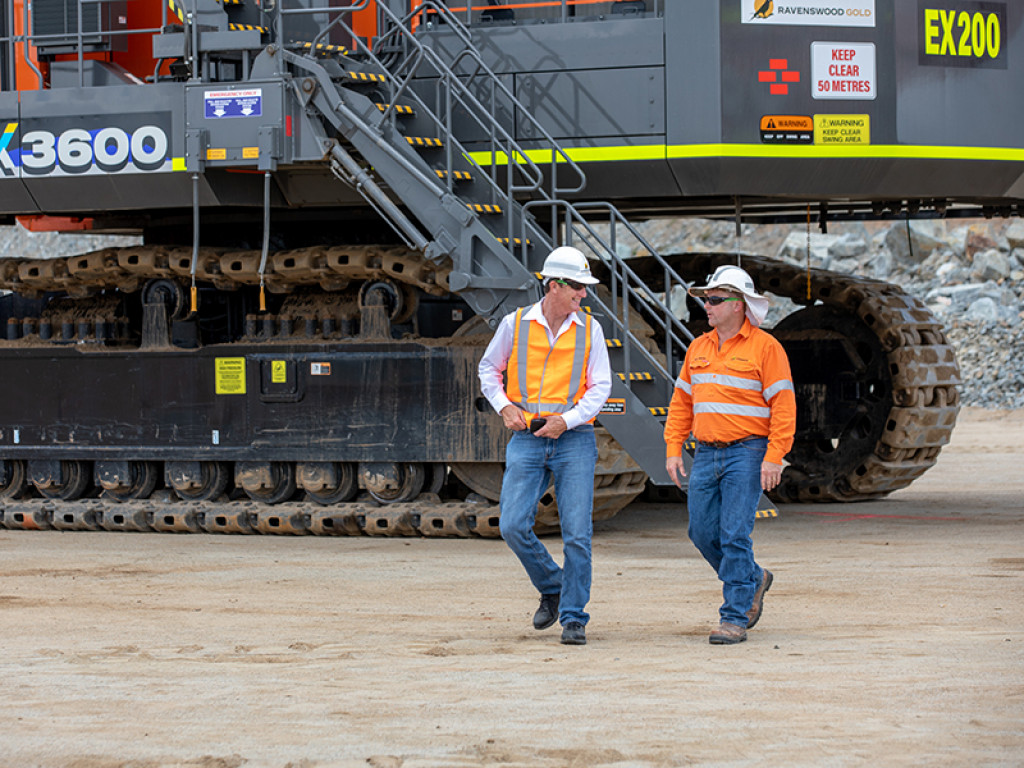
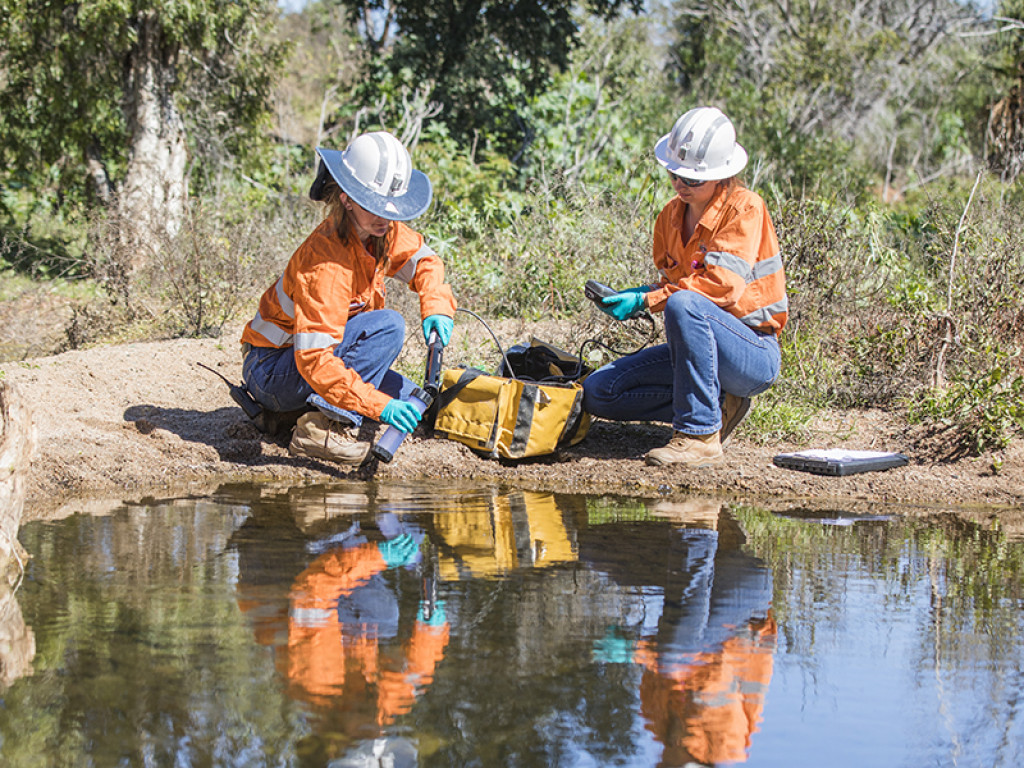
INSIDE RAVENSWOOD GOLD
Despite COVID-19’s seismic impact on the world, the mining sector in Australia has emerged relatively unscathed from the pandemic. New figures from the Australian Bureau of Statistics have demonstrated that the sector was responsible for over one tenth of the economy between 2019 and 2020. Meanwhile, resources and energy exports reached a significant $221.2 billion in value over the same period, forming Australian mining as a substantial component of both its domestic and international economies. On the back of COVID-19, this growth has meant mining has provided Australia with much-needed employment stability which has been seen as a welcome boost amidst significant disruption.
And with ambitions of becoming Queensland’s largest and most recognised gold mine, Ravenswood Gold is making waves in Australia’s mining space and is displaying no signs of slowing down. A private company owned by EMR Capital and SGX-listed Golden Energy and Resources Limited, Ravenswood Gold was created as a joint venture to purchase, operate and develop the Ravenswood Gold Mine which is located 130 kilometres south of Townsville and 90 kilometres east of Charters Town in Northeast Queensland, Australia.
Sitting at the helm of operations is Fletcher. With over 30 years of operational experience in a number of senior national and international leadership roles, he has witnessed significant evolution in the mining industry over the past three decades.
“I think the mining industry is exciting — it’s the greatest industry there is,” he declares.
“The mining space in Australia is continuously growing and changing. Commodities are changing too which is exciting as we begin to move away from coal to metals and other newer products. It’s a fantastically exciting time to be involved in the industry.”
For Fletcher, there was no question over which direction his career would take him. “I don’t think there was any doubt over where I would work. I had only ever considered being a mining engineer,” he explains. “There’s a long history of mining in my family. My father worked for Conzinc Riotinto of Australia (CRA) for 35 years, while his father before him and his brothers also all worked in mining. It is also the same on my mother’s side. I was always going to seek a career in mining.”
Fletcher has served as CEO at Ravenswood Gold since March 2020, upon the company being formed as a result of EMR Capital and Golden Energy and Resources Limited’s joint venture.
“Ravenswood Gold was created with the aim of becoming a modern, long-life, low-cost performing asset,” says Fletcher. “We’re working on a $400 million injection into the project at the moment; we’re into the construction phase and we have less than a year to go before we finish the upgrade of the business.
“We’re in an extraordinary, explosive growth phase. We’re a small company and fairly nimble, but we have hugely supportive parent companies with great networks of people.
Over the past 12 months, we have made our investment decisions and we’re now in the process of executing them. We are working with an exciting group of suppliers and partners to deliver the project, including state and federal governments which have given us tremendous support. In a tough climate in terms of jobs, Ravenswood Gold is a fantastic story.”
Ravenswood Gold acquired ownership of the mine on 1 April, 2020, with just over 160 permanent employees. Since then, the company has employed an additional 150 permanent staff with more to come.
“90 percent of our employees drive-in, drive-out from the local (North Queensland) region,” explains Fletcher. “Ravenswood Gold partners with suppliers from the local region where possible, including a recently signed contract worth over $15 million with a Townsville-based steel fabricator. In 2020, 98 percent of Ravenswood Gold’s procurement expenditure occurred within Australia, with 54 percent being in Queensland and 30 percent in the local region. This translates to tens of millions of dollars invested back into the local area.”
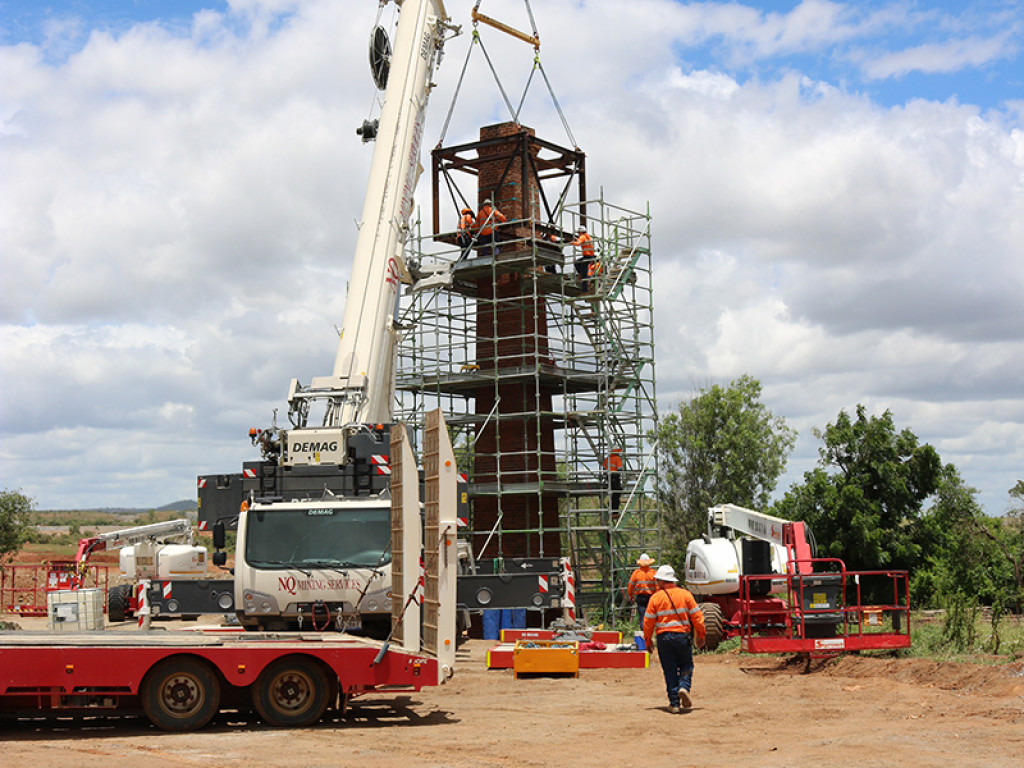
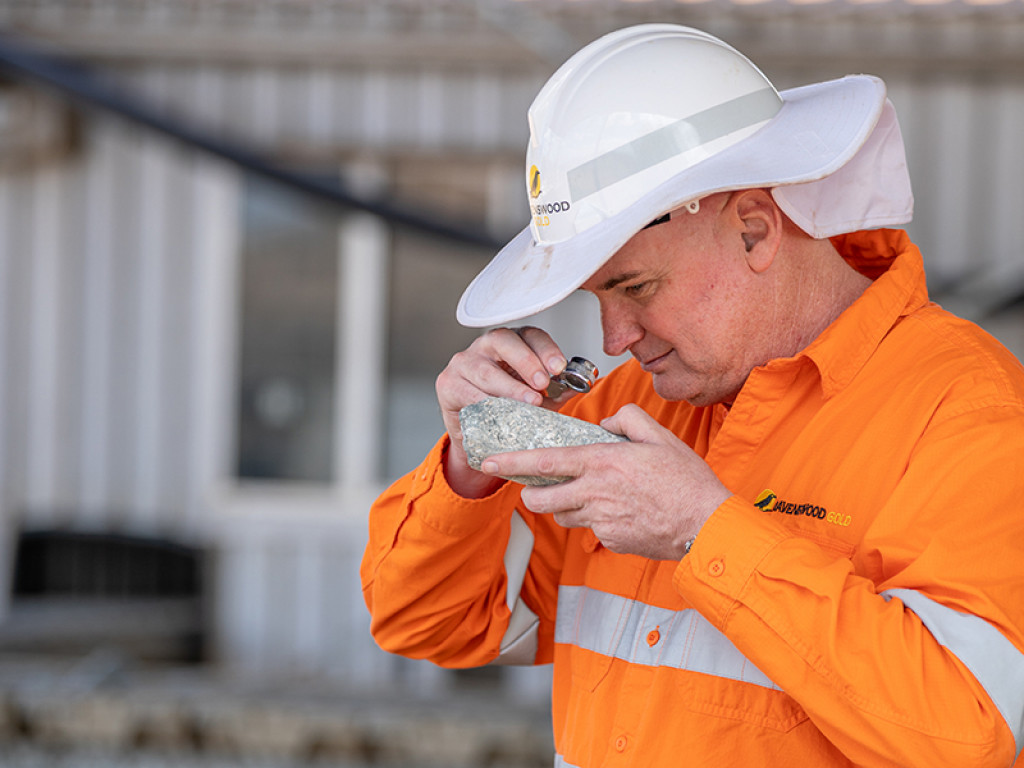
DEVELOPING KEY STRATEGIC PARTNERSHIPS
To Fletcher, he acknowledges how essential partnerships are to success in mining. “They’re vital,” he stresses. “I’ve worked with the EMR Group for the past 12 months on this project and the last 18 months on another project before that. We’re linked in with a number of strategic partners, Ausenco being another particularly influential one. Ausenco does a lot of work with EMR and is our preferred EPCM supplier for the project. Through that network, we’ve also been working with the likes of ATC Williams and brought in groups like Pensar for some of the civil construction. There’s a range of different people all playing an important role.”
However, without Hitachi, Fletcher believes that meeting Ravenswood Gold’s timeframes would have been challenging.
“We’ve got a great relationship with Hitachi and are spending about $120 million for the purchase of a brand-new mining fleet,” he says. “On 1 April when we started, we began without any mining personnel or equipment and said we’d begin mining by 1 December. Through the support of Hitachi, we made this a reality.”
Fletcher is clear about what he requires when seeking to establish a mutually beneficial and sustainable collaboration. “There has to be common goals and we can’t compromise on safety and quality,” he discusses. “We look at how potential partners treat their people and we’re also looking for businesses that want to succeed. We’re not here for the fun of it, we’re here to create an extraordinarily successful gold mine. We’re here to make quick but sustained improvements and make a long-term, value-generating asset because that’s what we do.”
Artificial intelligence (AI) is now playing a more influential role on operations within mining. With the space evolving at speed, AI is impacting the way mines today make choices for the future. As a result of rapid advances in technological innovation, there are new technologies such as automation, digitisation and electrification that are ready to play a more prominent role in the industry. Indeed, the future of mining is exciting and it is clear that the space is ready to embrace the latest trends rapidly.
However, for many outside the mining industry, there is often a perception that the sector is among the slowest to adopt new technology into processes. Yet for Fletcher, this couldn’t be further from the truth.
“It’s definitely a misconception that a lot of people have,” he admits. “Mining is always at the forefront of new technology from right back when steam engines were developed to pump water out of mines. There’s new ideas and technology every single day and the space is constantly changing. It’s not just about software, it’s about integrating people and machines too.”
“In a tough climate in terms of jobs, Ravenswood Gold is a fantastic story”
Brett Fletcher, CEO, Ravenswood GoldMINING IN AUSTRALIA
In 2020, mining was just one of four sectors to record a positive contribution, alongside financial services, public administration, safety and education and training. Much of the positive contribution was driven by the fact that Australia’s mines kept producing, while other sectors struggled to keep up. Between June 2019 and June 2020, the total output of Australia’s mining industry rose by 1.1 percent. This is in comparison to the stark difference in other industries, a 10.3 percent decrease in construction output, a 23.2 percent drop in administration and a 43.4 percent decline in the accommodation and food services sector.
As such, a combination of the robust nature of the sector and the push for additional hires within the industry has meant that the total number of Australians employed in the sector has risen in recent years. Government figures have showcased the number of Australians employed in mining increased by 21.4 percent in the five years to 2020, to a total figure of 261,900.
Against the backdrop of COVID-19, Fletcher reflects how well his organisation responded to the global pandemic and believes Ravenswood Gold mitigated its impact relatively well.
“Australia’s mining industry really pulled together at the beginning which was fantastic to see. From the beginning, we implemented a host of different measures all centred around social distancing and basic hygiene,” he explains. “Having a predominantly local, drive-in drive-out, workforce proved of great benefit during Queensland’s 2020 COVID-19 border closures, resulting in no tangible impact to the company’s day-to-day operations. We also use local suppliers as much as possible which meant our supply chain was well protected as most of our products came from Australia.”
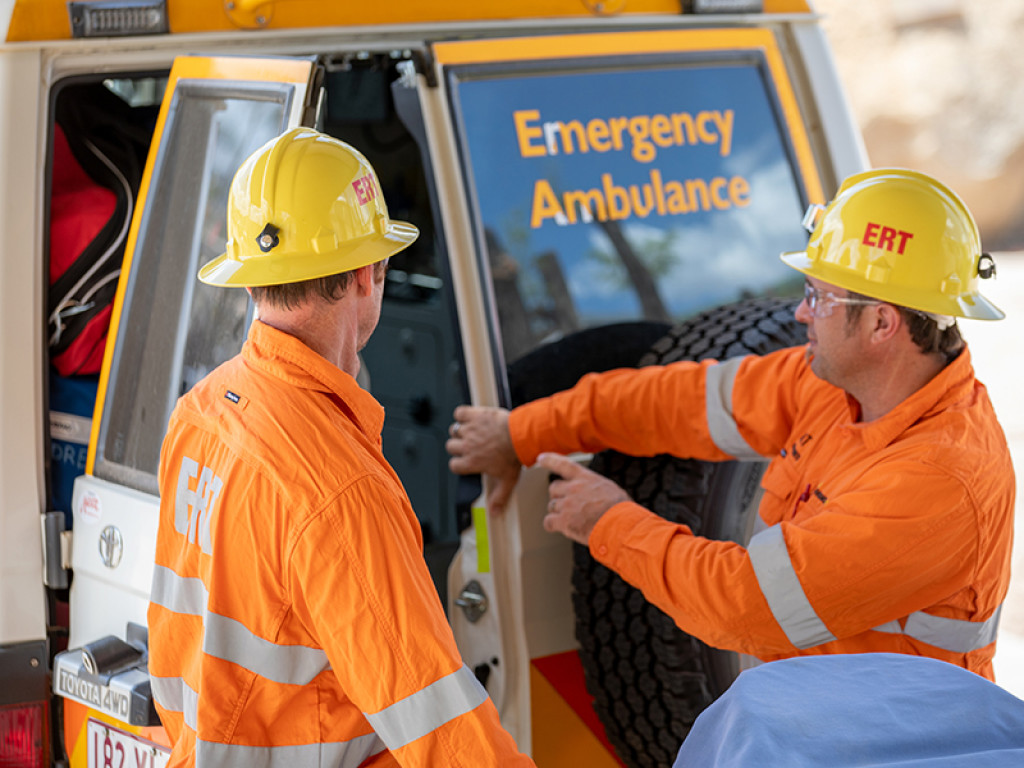
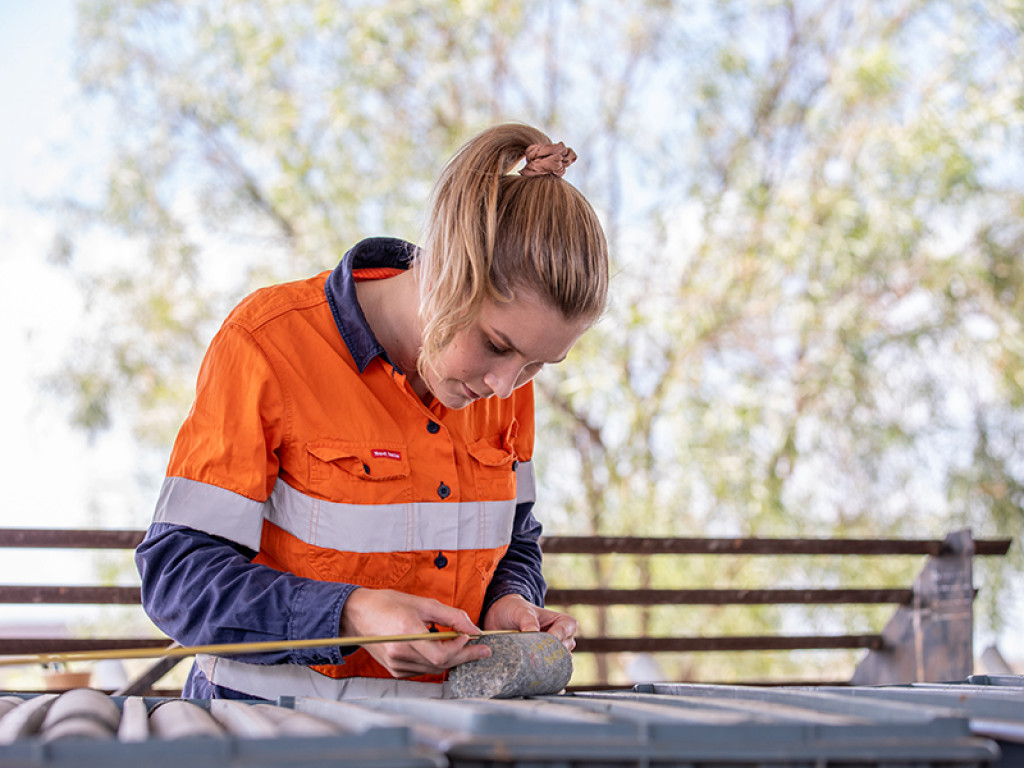
TALENT MANAGEMENT STRATEGY
Ravenswood Gold respects its people and believes in their value and the contributions they make to the company. To Fletcher, having the right people in the correct positions is the key to safe and effective operations.
“We’ve got an experienced management team on site, many of whom have worked at the site for over 10 years,” explains Fletcher. “The site and industry experience within our entire team provides a strong basis for running an efficient and safe operation.”
In 2020, Ravenswood Gold filled 124 new permanent positions on top of the existing 160-strong workforce. Of the permanent workforce, 90 percent live in the North Queensland region and 99 percent live within the State of Queensland.
“We recruited almost exactly what we thought we’d need people-wise. When we advertised for our first round of 40 mine operations jobs, we received over 3,000 applications from across Australia and a variety of industries with various levels of experience so had a large pool of applicants to select from,” he explains. “This meant that we had a great opportunity to hand pick the 40-best people. We wanted that first intake to be very experienced and expand the values of the business going forward.
“The thinking behind this was that they could help establish and build a positive culture for lesser experienced people to come in six months later, with these foundations already built. Ravenswood is considered a fantastic place to work, with a great reputation, a brilliant location and we see this as a massive advantage. We believe we’ve sourced a great team from the local region with strong operational backgrounds.”
Ravenswood Gold promotes diversity in its workforce with more than 20 percent female diversity across the site, up to 30 percent in the mining department, including 80 percent of mining haulage operators.
PROJECT MANAGEMENT
To Fletcher, he counts five key pillars to his and Ravenswood Gold’s strategy. “Firstly, it’s the recommencement of the mine,” he says. “When we purchased the asset, there was no mining being undertaken so it was simply reprocessing waste dump material. Our target was to recommence large-scale open cut mining on 1 December, to build a complete mining team and to start mining the Buck Reef West Pit which we have achieved. It’s a pit that will produce 25 million tonnes of ore for us over the next five years and be a fairly large-scale operation.”
“We will then move from the Buck Reef West Pit into the Sarsfield-Nolans pit. We wanted to establish a series of pits that we know we can operate for the next 14 years. We’re creating something that is built to last and will have future growth.”
The second part of Fletcher’s strategy is increasing the size of the processing plant. “We’re spending $200 million on the processing plant to take it up to a capacity of seven and a half million tonnes per annum so it has great size,” he tells us. “There’s a few different stages of the project; a new leach circuit, crushing circuit and a milling circuit. All of that is progressing well and we expect it to be completed by the first quarter of 2022.”
Thirdly, Ravenswood Gold is building a significant tailings facility, which is set to possess enough capacity to see out the mine life. “We’ve started the construction of the two-kilometre-long wall which will be the base of the tailings storage facility,” explains Fletcher.
“We’ve already put one and a half million tonnes of material into that wall so it’s moving quickly. It will be a modern, world-class, state-of-the-art tailings storage facility when it’s completed.”
The fourth part will see Ravenswood Gold pump out the tailings from its old in-pit storage facility into the new facility. “We need to mine the old pit, so we are pumping 28 million tonnes of tailings from that pit into the new storage facility,” he says. “That will take around five years in total to complete and is exciting in its own right.”
In the last part, Fletcher is keen to stress the importance of regional exploration and stresses his company is aiming high in this area. “We’ve already spent $5 million in exploration in the second half of 2020, and we’ve got about 1,200 square kilometres of fantastic ground in and around Ravenswood,” he explains. “We will be spending between $7-10 million a year on our exploration project to continue to develop this whole region.”
Ravenswood Gold is party to Native Title Agreements with the traditional owners of the land – the Birriah People, and Heritage Agreements with the Queensland Department of Environment and Science’s heritage branch for the Queensland Heritage Register-listed areas associated with the Buck Reef West Pit.
“Ultimately, we want to keep extending the mine life, we have a lot of ground and we love exploring. What’s better than finding gold?”
Brett Fletcher, CEO, Ravenswood GoldRavenswood Gold maintains a positive, collaborative relationship with the Birriah People, implementing the following actions, amongst others, as part of the Native Title Agreements:
• Employment of three Birriah trainees, with other apprenticeship and traineeship opportunities offered solely to Birriah People expected to be filled in 2021.
• An annual contribution to support training and professional development of nominated Birriah People.
• An aspirational target of five percent Birriah employment associated with the Ravenswood Expansion Project.
• Regular Project Committee meetings to discuss collaboration opportunities.
In 2021, Ravenswood Gold is looking to collaborate with the Birriah People to deliver cultural heritage awareness training to all employees, and to complete the Stockham House museum display of Birriah heritage.
As part of the Heritage Agreement requirements associated with mining of the Buck Reef West Pit in the Queensland Heritage Register-listed areas of the ‘Ravenswood Mining Landscape and Chinese Settlement Area’ and ‘Ravenswood State School, Residence and Former Pool’, a number of heritage preservation activities have been undertaken including:
• Repointing (replacing and strengthening mortar joints between bricks) of three historic chimneys to ensure they remain stable during and beyond mining activities.
• Finalising archival imagery and reporting associated with significant archaeological investigations that have occurred across the development area.
• Dismantling and storing of three chimneys within the pit’s mining footprint.
• Installation of a steel frame around the Sunset Number Two chimney to improve strength and minimise the effects of blasting.
• Relocation of a number of significant large artefacts from the Ravenswood Mining Landscape and Chinese Settlement Area (including an old boiler, water wheel and explosives magazine) to the Stockham House museum as part of the surrounding heritage precinct.
Moving forward, Fletcher reiterates his company’s desire to be seen as Queensland’s largest gold mine and stresses his organisation has no plans to succeed for short-term gain only.
“Our aim is always to be long-lasting and sustainable,” he tells us. “When we say largest, it means a couple of different things. We want to be a big employer of apprentices, while also being a great contributor to the community, State and the country. We’re undertaking a lot of work in diversity and have gone from a 14 percent to 20 percent female workforce over the past year, with plans to increase this to 25 percent over the next 12 months.
“Ultimately, we want to keep extending the mine life, we have a lot of ground, and we love exploring. What’s better than finding gold?”
